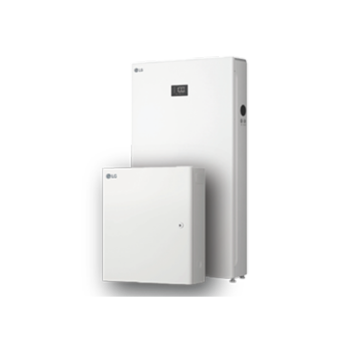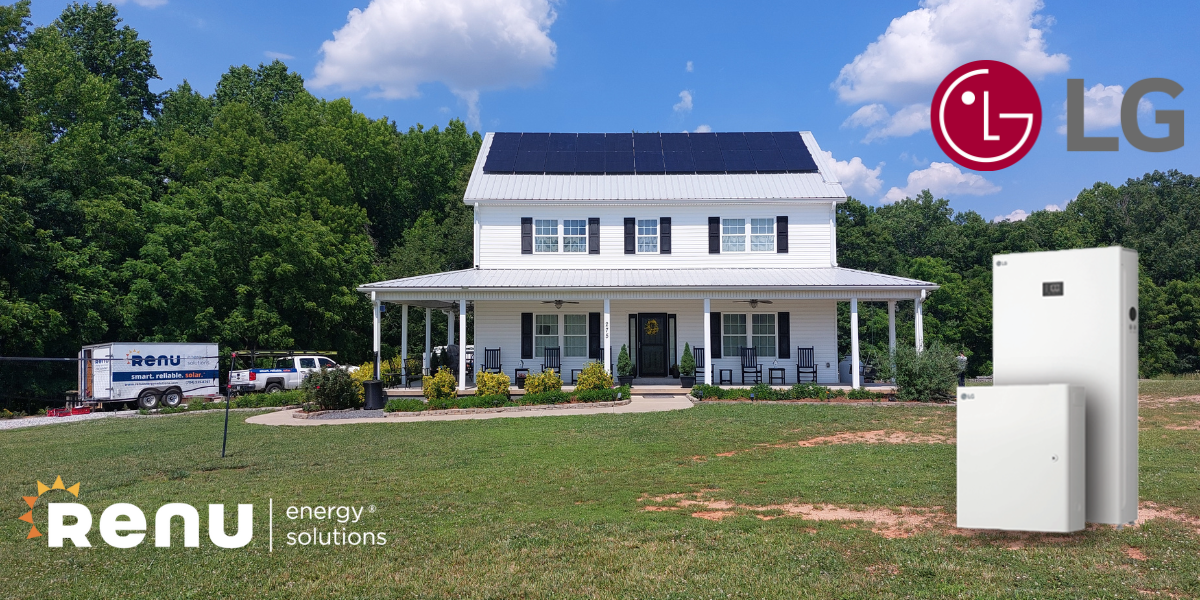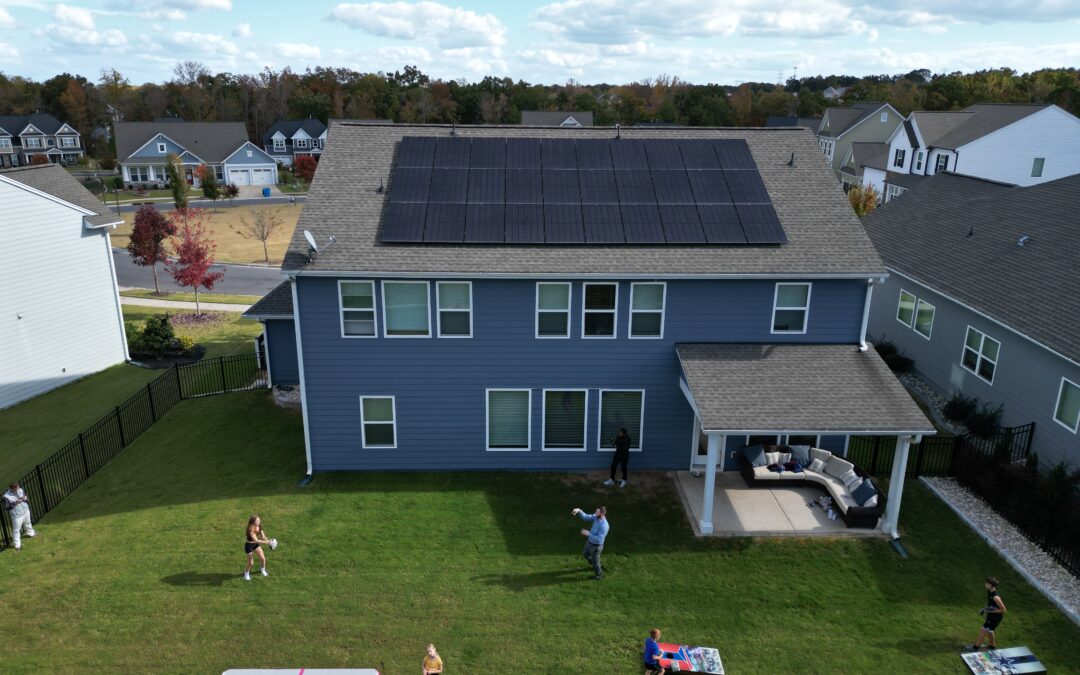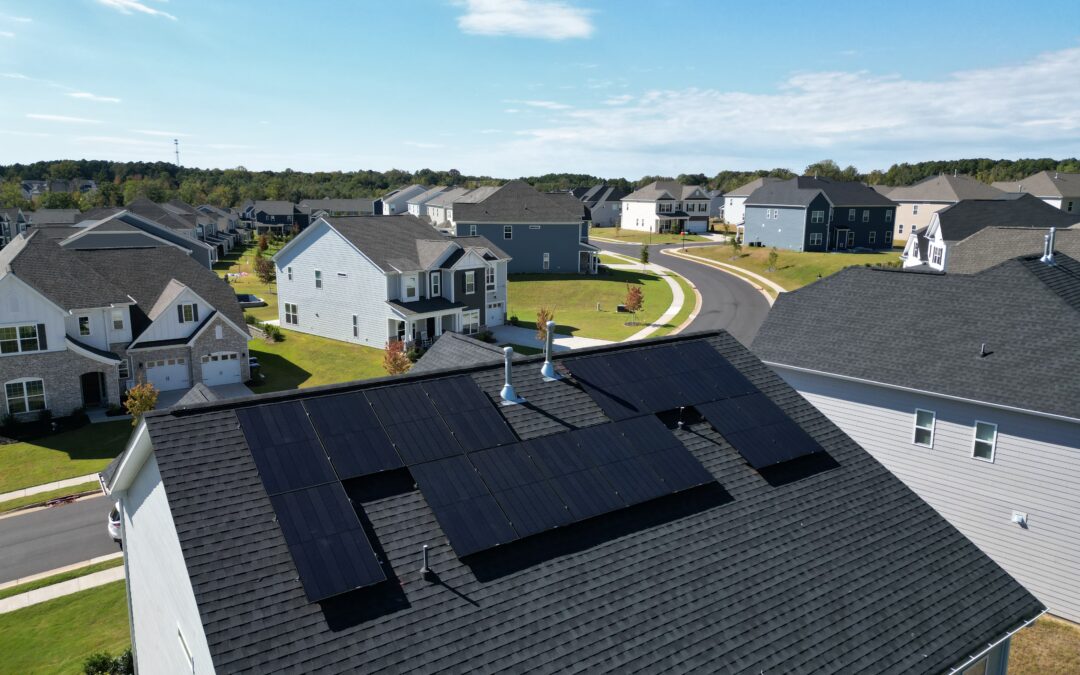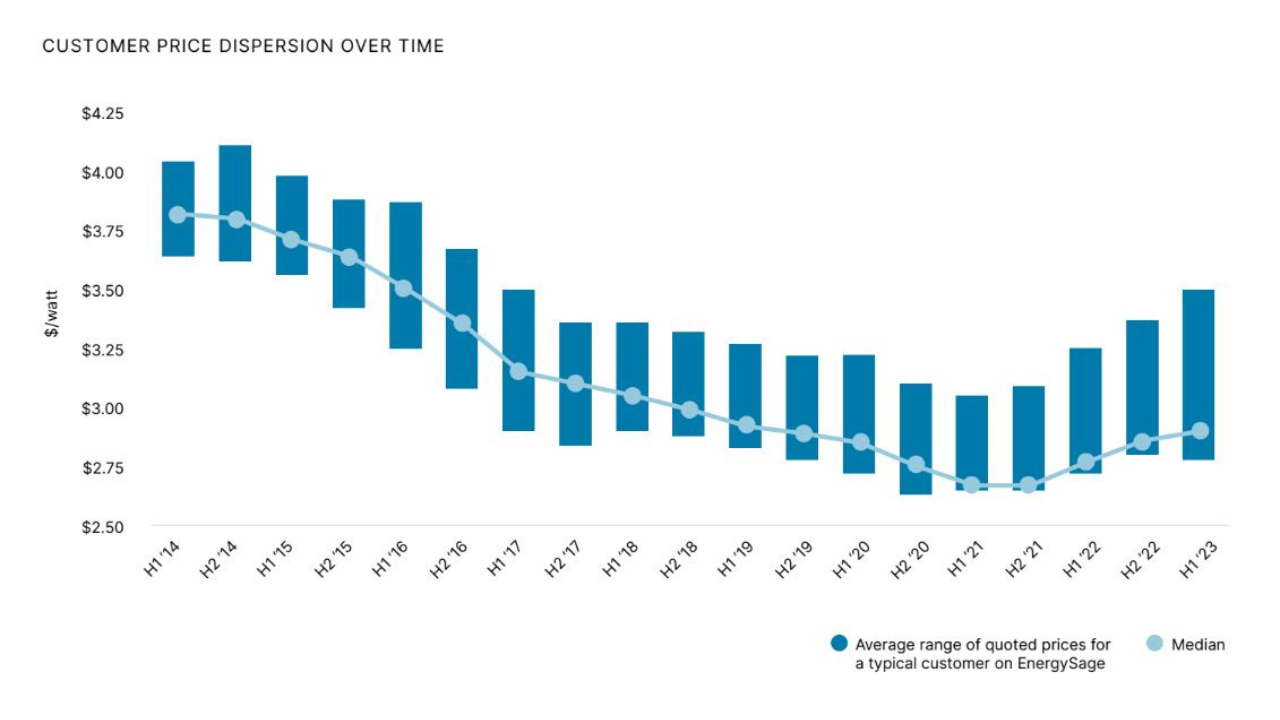Biden-Harris Administration Announces $7 Billion Solar for All
Biden-Harris Administration Announces $7 Billion Solar for All Grants to Deliver Residential Solar, Saving Low-Income Americans $350 Million Annually and Advancing Environmental Justice Across America
EPA announces 60 selectees under Greenhouse Gas Reduction Fund grant competition to deliver solar to more than 900,000 low-income and disadvantaged households nationwide through the President’s Investing in America agenda
Contact: EPA Press Office (press@epa.gov)
Washington – April 22, as the Biden-Harris Administration celebrates Earth Day, the U.S. Environmental Protection Agency announced 60 selectees that will receive $7 billion in grant awards through the Solar for All grant competition to deliver residential solar projects to over 900,000 households nationwide. The grant competition is funded by President Biden’s Investing in America agenda through the Inflation Reduction Act, which created EPA’s $27 billion Greenhouse Gas Reduction Fund. The 60 selections under the $7 billion Solar for All program will provide funds to states, territories, Tribal governments, municipalities, and nonprofits across the country to develop long-lasting solar programs that enable low-income and disadvantaged communities to deploy and benefit from distributed residential solar, lowering energy costs for families, creating good-quality jobs in communities that have been left behind, advancing environmental justice and tackling climate change.
“Today we’re delivering on President Biden’s promise that no community is left behind by investing $7 billion in solar energy projects for over 900,000 households in low-income and disadvantaged communities,” said EPA Administrator Michael S. Regan. “The selectees will advance solar energy initiatives across the country, creating hundreds of thousands of good-paying jobs, saving $8 billion in energy costs for families, delivering cleaner air, and combating climate change.”
“Solar is the cheapest form of electricity—and one of the best ways to lower energy costs for American families,” said John Podesta, Senior Advisor to the President for International Climate Policy. “Today’s announcement of EPA’s Solar for All awards will mean that low-income communities, and not just well-off communities, will feel the cost-saving benefits of solar thanks to this investment.”
“Residential solar electricity leads to reduced monthly utility bills, reduced levels of air pollution in neighborhoods, and ultimately healthier communities, but too often low-income and disadvantaged communities have been left out. Today’s announcement will invest billions to ensure that affordable housing across the U.S. can access solar and increase energy efficiency and climate resilience,” said U.S. Department of Housing and Urban Development (HUD) Acting Secretary Adrianne Todman. “HUD is honored to have played a key role in today’s monumental announcement, which will provide meaningful household savings to households in low-income and disadvantaged communities, reduce both greenhouse gas emissions and energy costs, and deliver electricity during grid outages for low-income households.”
“Sunlight is powering millions of homes across the nation, and we’re working hard to ensure Americans everywhere can benefit from this affordable clean energy resource,” said U.S. Secretary of Energy Jennifer M. Granholm. “DOE is proud to work alongside our partners at EPA and across the Federal government to help communities access the limitless energy of the sun to light their homes and power their businesses.”
“The United States can and must lead the world in transforming our energy systems away from fossil fuels,” said U.S. Senator Bernie Sanders (VT). “The Solar for All program – legislation that I successfully introduced – will not only combat the existential threat of climate change by making solar energy available to working class families, it will also substantially lower the electric bills of Americans and create thousands of good-paying jobs. This is a win for the environment, a win for consumers, and a win for the economy.”
EPA estimates that the 60 Solar for All recipients will enable over 900,000 households in low-income and disadvantaged communities to deploy and benefit from distributed solar energy. This $7 billion investment will generate over $350 million in annual savings on electric bills for overburdened households. The program will reduce 30 million metric tons of carbon dioxide equivalent emissions cumulatively, from over four gigawatts of solar energy capacity unlocked for low-income communities over five years. Solar and distributed energy resources help improve electric grid reliability and climate resilience, which is especially important in disadvantaged communities that have long been underserved.
Solar for All will deliver on the Biden-Harris Administration’s commitment to creating high-quality jobs with the free and fair choice to join a union for workers across the United States. This $7 billion investment in clean energy will generate an estimated 200,000 jobs across the country. All selected applicants intend to invest in local, clean energy workforce development programs to expand equitable pathways into family-sustaining jobs for the communities they are designed to serve. At least 35% of selected applicants have already engaged local or national unions, demonstrating how these programs will contribute to the foundation of a clean energy economy built on strong labor standards and inclusive economic opportunity for all American communities.
The Solar for All program also advances President Biden’s Justice40 Initiative, which set the goal that 40% of the overall benefits of certain federal climate, clean energy, affordable and sustainable housing, and other investments flow to disadvantaged communities that are marginalized by underinvestment and overburdened by pollution. All of the funds awarded through the Solar for All program will be invested in low-income and disadvantaged communities. The program will also help meet the President’s goal of achieving a carbon pollution-free power sector by 2035 and net-zero emissions economy by no later than 2050.
Solar for All will expand existing low-income solar programs and launch new ones. The 60 selected applicants will serve households in all 50 states, the District of Columbia, Puerto Rico, and territories, as well as increase access to solar for Tribes. EPA has selected 49 state-level awards totaling approximately $5.5 billion, six awards to serve Tribes totaling over $500 million, and five multistate awards totaling approximately $1 billion. Solar for All will deploy residential solar for households nationwide by not only providing grants and low-cost financing to overcome financial barriers to deployment but also by providing services to communities to overcome other barriers such as siting, permitting, and interconnection. A complete list of the selected applicants can be found on EPA’s Greenhouse Gas Reduction Fund Solar for All website.
The 60 selected applicants have committed to delivering on the three objectives of the Greenhouse Gas Reduction Fund: reducing climate and air pollution; delivering benefits to low-income and disadvantaged communities; and mobilizing financing to spur additional deployment of affordable solar energy. Solar for All selected applicants are expanding existing low-income solar programs and launching new programs. In at least 25 states and territories nationwide, Solar for All is launching new programs where there has never been a substantial low-income solar program before. In these geographies, Solar for All selected applicants will open new markets for distributed solar by funding new programs that provide grants and low-cost financing for low-income, residential solar.
To date, many of the 60 selected Solar for All applicants have supported low-income and underserved communities in installing innovative residential solar projects. With this new funding, selectees can launch thousands more projects like these throughout every state and territory in the nation:
The threat of storms is a major reason Athens, Georgia resident Delmira Jennings and her husband John used selected applicant Capital Good Fund’s Georgia BRIGHT leasing program to install a 13-kilowatt solar and 10-kilowatt-hour battery system in February. “Last year, we spent two days without power after what seemed like a mini tornado,” Jennings said. After a recent outage, Jennings noted that she didn’t even know she lost power. “The batteries kicked in and all the power items we were using were on battery backup.”
Last year, the Northern Cheyenne Tribe, whose successful pilot initiative served as the basis for selected applicant Mandan, Hidatsa, Arikara (MHA) Nation’s Northern Plains Tribal Solar for All program, took major steps toward a clean energy future with the completion of the first phase of the White River Community Solar project. This project will deploy 15 solar systems at the homes of elders while piloting a groundbreaking approach to solar ownership and management that is intended to set an example for Tribes across the nation.
Through its Solar Access for Nationwide Affordable Housing (SANAH) program — a model for equitably providing solar to low-income renters in disadvantaged communities — selected applicant GRID Alternatives’ team in San Diego installed a solar energy system at Trolley Trestle, home to youth transitioning out of the foster care system. Energy cost savings estimated at over $600k over ten years, will be reinvested to provide additional services to those who call Trolley Trestle home, including more job and life skills training.
Review and Selection Process Information
The 60 applicants selected for funding were chosen through a competition review process. This multi-stage process included review from hundreds of experts in climate, power markets, environmental justice, labor, and consumer protection from EPA, Department of Energy, the Department of Housing and Urban Affairs, Department of Treasury, Department of Agriculture, the Federal Emergency Management Agency, Department of Labor, Department of Defense, Consumer Financial Protection Bureau, and the Department of Energy’s National Labs – all screened through ethics and conflict of interest checks and trained on the program requirements and evaluation criteria. Applications were scored and selected through dozens of review panels and an interagency senior review team.
EPA anticipates that awards to the selected applicants will be finalized in the summer of 2024, and selected applicants will begin funding projects through existing programs and begin expansive community outreach programs to launch new programs in the fall and winter of this year. Selections are contingent on the resolution of all administrative disputes related to the competitions.

